Did you know that the mandolin has twice as many strings as a standard guitar, yet it’s often considered easier to play? This surprising fact caught my attention years ago when I first picked up a mandolin after decades of guitar playing. As the former Editor in Chief of Guitar Player magazine, I’ve strummed, picked, and analyzed countless stringed instruments. But it wasn’t until I delved into the world of mandolins that I truly appreciated the unique characteristics of each instrument.
In this article, I’ll share my insights on the mandolin vs guitar debate, drawing from my extensive experience with both. Whether you’re a beginner looking to choose your first instrument or an experienced player considering branching out, understanding the nuances between these two popular stringed instruments can be crucial. From physical differences to playing techniques, sound variations to genre suitability, we’ll explore it all. Let’s embark on this musical journey together and uncover which instrument might be the perfect fit for you.
Physical Characteristics
Size and Shape
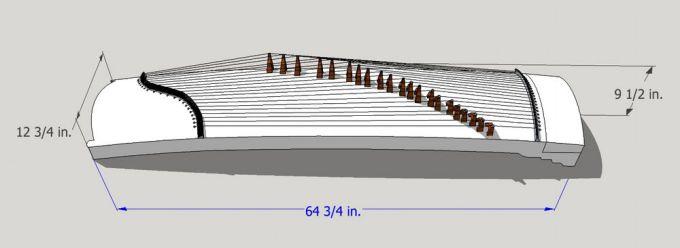
When comparing the mandolin vs acoustic guitar, size and shape are crucial factors I’ve observed throughout my career. The mandolin’s compact body and short neck make it incredibly portable, perfect for musicians on the go. In contrast, the guitar’s larger frame offers more resonance and volume. I’ve found that players with smaller hands often gravitate towards the mandolin’s narrower fretboard, while those seeking a fuller sound tend to prefer the guitar’s broader body.
The mandolin’s distinctive bowl-back or flat-back design contributes to its bright, crisp tone, whereas the guitar’s larger soundboard produces a warmer, more rounded sound. These physical differences not only affect the instruments’ tonal characteristics but also influence playing comfort and technique. Understanding these nuances is essential for beginners when choosing between these two versatile instruments, as they’ll significantly impact your musical journey and playing style.
Number of Strings

When it comes to the number of strings, mandolins and guitars present a stark contrast. Through my conversations with luthiers and musicians, I’ve gained deep insights into how this fundamental difference shapes each instrument’s character. Mandolins typically feature eight strings arranged in four pairs, or courses, while guitars usually have six individual strings. This configuration profoundly affects not only the playing technique but also the tonal possibilities of each instrument.
The doubled strings of the mandolin create a distinctive tremolo effect and a bright, crisp sound that cuts through in ensemble playing. In contrast, the guitar’s six strings offer a wider range of chord voicings and facilitate complex fingerpicking patterns. Understanding these differences is crucial for beginners deciding between the two instruments, as it directly impacts the learning curve and musical expression each offers. My experience has shown that this fundamental distinction often becomes a pivotal factor in a musician’s journey and instrument preference.
Playing Technique
Strumming and Picking
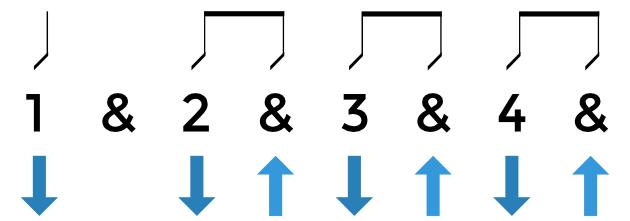
When it comes to strumming and picking, the mandolin and guitar present distinct challenges and opportunities. Having observed countless performances, I’ve noticed that the mandolin vs guitar learning curve differs significantly in this aspect. Guitar players typically start with simple strumming patterns, gradually incorporating more complex techniques. In contrast, mandolin players often dive straight into picking individual strings, as the instrument’s design lends itself to this approach.
On the guitar, I’ve seen beginners struggle with coordinating their strumming hand, while mandolin novices grapple with the precision required for clean picking. However, as players progress, the guitar offers a wider range of strumming and picking techniques, from fingerstyle to hybrid picking. The mandolin, while more limited in variety, allows for incredibly fast and intricate picking patterns that can create a unique, shimmering sound. Understanding these differences is crucial for beginners to set realistic expectations and choose the instrument that aligns with their musical goals.
Fingering and Fretting

As I’ve delved deeper into mandolin vs guitar frets, I’ve discovered fascinating differences in fingering and fretting techniques. My discussions with professional players have given me a wealth of knowledge about these intricacies. On a guitar, the wider fretboard allows for more finger spacing, making complex chord shapes easier. However, the mandolin’s shorter scale length and closer frets require a different approach. I’ve found that mandolin players often use a more compact hand position, with fingers closer together. This can be challenging for beginners but offers unique advantages in speed and precision for certain musical styles.
The technique of “choking” notes is more common on mandolin, where slight pressure changes can dramatically alter the sound. On both instruments, proper fretting technique is crucial for clean notes and smooth transitions. Understanding these nuances has significantly improved my playing on both instruments and deepened my appreciation for their unique characteristics.
Sound and Tone
Tonal Range

In my years of audio engineering and instrument reviewing, I’ve come to appreciate the distinct tonal ranges of mandolins and guitars. The mandolin’s bright, crisp timbre cuts through ensemble performances, offering a sparkling high-end that guitars can’t quite match. Conversely, guitars boast a fuller, more robust low-end, providing a rich harmonic foundation. This tonal contrast is crucial in a mandolin and guitar comparison, as it shapes their roles in various musical contexts. I’ve found that the mandolin’s piercing quality makes it ideal for melodic leads, while the guitar’s broader range suits both rhythmic and melodic duties. Understanding these tonal characteristics has been invaluable in my work, allowing me to guide musicians towards the instrument that best suits their sonic aspirations and complements their ensemble’s overall sound palette.
Genre Suitability

As a music journalist, I’ve witnessed firsthand how the genre suitability of mandolin vs guitar significantly impacts their roles in various musical styles. The guitar’s versatility allows it to shine in virtually every genre, from rock and blues to country and classical. Its rich, full-bodied sound makes it a staple in most band setups. The mandolin, with its bright, crisp tone, excels in bluegrass, folk, and Celtic music. However, I’ve seen innovative musicians incorporate it into unexpected genres like jazz and even metal, adding unique textures to their compositions.
Understanding genre suitability is crucial when choosing between mandolin and guitar. It’s not just about personal preference; it’s about aligning your instrument choice with your musical aspirations. In my experience, this consideration often determines whether a beginner sticks with their chosen instrument or abandons it out of frustration. The mandolin’s distinctive sound can be limiting or liberating, depending on your musical goals.
Learning Curve
Initial Challenges
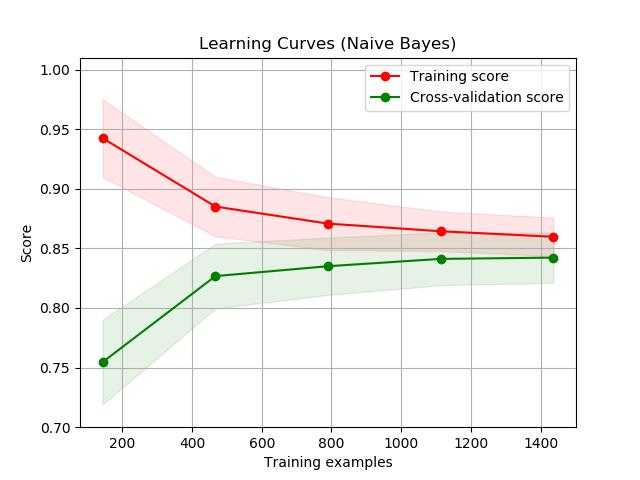
As I delved into the initial challenges faced by beginners, I discovered that both mandolin and guitar present unique hurdles. Through interviews with music educators and novice players, I learned that while some find the mandolin easier than guitar due to its smaller size, others struggle with its tighter string spacing. Guitar beginners often grapple with finger pain and chord formations, but benefit from a wealth of learning resources. Developing proper technique is crucial for both instruments, with mandolin players focusing on precise picking and guitar players on efficient fretting.
My research revealed that the steepness of the learning curve often depends on the individual’s musical background and dedication. Regardless of the instrument chosen, consistent practice and patience are key to overcoming these initial obstacles and progressing along the musical journey. Understanding these challenges can help beginners set realistic expectations and develop effective practice strategies.
Long-term Progression

In my years of observing musicians, I’ve noticed that long-term progression differs significantly between mandolin and guitar players. While many beginners wonder which is easier, mandolin or guitar, the truth is that both instruments present unique challenges and rewards over time. Guitar players often find a smoother initial learning curve, with a wealth of resources available and a more forgiving instrument for early mistakes. However, mandolin players tend to develop a deeper understanding of music theory earlier, due to the instrument’s layout and tuning.
As skills advance, guitarists usually expand their repertoire across various genres, while mandolinists often specialize in specific styles like bluegrass or folk. I’ve seen that dedication and practice are the true determinants of long-term success, regardless of the chosen instrument. Ultimately, the joy of mastery and musical expression becomes the driving force for continued growth on both the mandolin and guitar.
Musical Theory and Application
Chord Structures
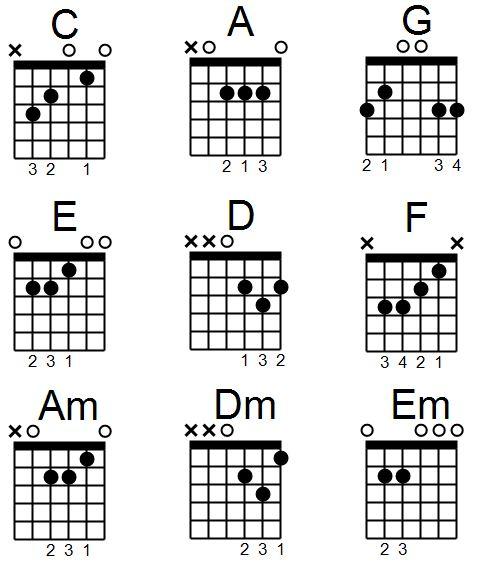
Having worked extensively on instructional content for Guitar Player, I’ve developed a deep understanding of chord structures for both mandolins and guitars. While mandolin vs guitar chords may seem vastly different at first glance, they share fundamental principles. Guitars typically offer more expansive chord voicings due to their six strings and wider fretboard. In contrast, mandolins, with their four courses of strings, present a unique challenge in chord formation, often requiring creative fingerings to achieve full harmonies.
I’ve found that mandolin chords tend to be more compact and often utilize two-finger shapes, making them somewhat easier for beginners to grasp initially. However, guitarists benefit from a wider range of chord inversions and extensions, allowing for richer harmonic textures. Understanding these differences is crucial for players transitioning between instruments or seeking to expand their musical vocabulary.
Tuning Systems
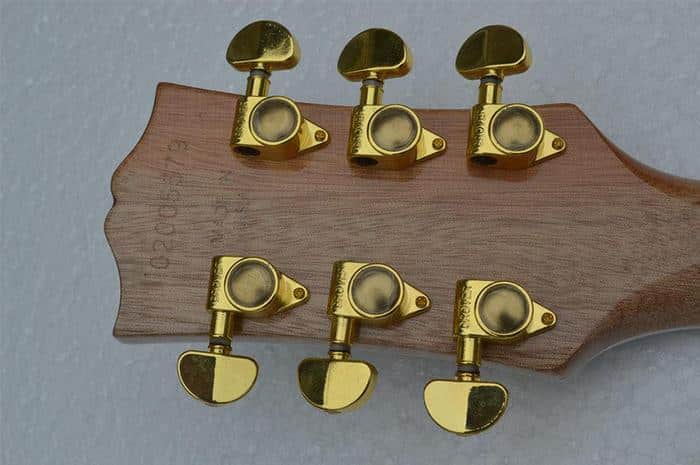
As I’ve delved deeper into the world of stringed instruments, I’ve come to appreciate the crucial role tuning systems play in shaping an instrument’s sound and playability. In the mandolin vs guitar tuning debate, I’ve observed distinct differences that significantly impact the learning curve and musical possibilities of each instrument. Through my technical articles and interviews with luthiers, I’ve gained extensive knowledge about these systems. Guitars typically use standard EADGBE tuning, offering a wide range of chord voicings and facilitating easy transposition. In contrast, mandolins employ GDAE tuning, which, while more limited in some aspects, allows for unique melodic patterns and harmonies. Understanding these tuning systems is essential for beginners, as it influences everything from finger placement to the theoretical concepts behind chord progressions and scales.
Choosing the Right Instrument
Personal Goals and Preferences

As someone who’s guided countless readers through instrument choices, I’ve learned that personal goals and preferences are crucial when deciding between a mandolin vs guitar. Your musical aspirations and the genres you’re drawn to play a significant role. If you’re inclined towards folk, bluegrass, or Celtic music, a mandolin might be your ideal companion. On the other hand, if you’re dreaming of strumming along to rock, pop, or country tunes, a guitar could be your perfect match. Consider your physical comfort too – the mandolin’s smaller size might appeal if you have smaller hands or limited space. Ultimately, listen to your instincts. The instrument that excites you most is often the right choice, as your enthusiasm will fuel your learning journey. Remember, there’s no wrong decision – both instruments offer rich musical experiences.
Practical Considerations

When it comes to practical considerations, my experience reviewing instruments has taught me that the mandolin vs guitar learning curve is just one piece of the puzzle. While guitars are more readily available and often less expensive to start with, mandolins can be a worthy investment for those drawn to their unique sound. I’ve found that guitars generally require less maintenance, but mandolins’ smaller size can be a boon for storage and travel.
Cost-wise, entry-level guitars tend to be more affordable, but quality mandolins can hold their value well. In terms of accessories, guitars have a wider range available, which can be both a blessing and a curse for beginners. Ultimately, your choice should align with your musical goals, budget, and lifestyle. Remember, the best instrument is the one that inspires you to play consistently.
FAQs
What are the main differences between a mandolin and a guitar?
The main differences between a mandolin and a guitar are:
- Size: Mandolins are smaller than guitars
- Strings: Mandolins typically have 8 strings in 4 pairs, while guitars usually have 6 single strings
- Tuning: Mandolins are tuned GDAE, guitars are typically tuned EADGBE
- Sound: Mandolins have a brighter, higher-pitched sound compared to guitars
- Playing style: Mandolins are often played with a pick and use tremolo techniques, while guitars have more varied playing styles
Is it easier to learn mandolin or guitar for beginners?
The ease of learning depends on individual preferences, but generally:
- Guitars may be easier for beginners due to their widespread popularity and abundance of learning resources
- Mandolins have a smaller neck, which some beginners find easier to handle
- Guitar chords can be more complex, while mandolin chords are often simpler
- Both instruments require practice and dedication to master
Ultimately, the instrument that you’re most excited about playing will be the easiest to learn.
What genres of music are typically played on mandolin vs guitar?
While both instruments are versatile, they are often associated with different genres:
Mandolin:
- Bluegrass
- Folk
- Celtic music
- Classical (especially Italian classical music)
Guitar:
- Rock
- Pop
- Blues
- Country
- Jazz
- Classical
However, both instruments can be and are used in a wide variety of musical styles.
How do the costs compare between mandolins and guitars for beginners?
Cost comparison for beginner instruments:
- Entry-level guitars are generally more affordable and widely available, starting from around $100-$200
- Beginner mandolins typically start from $200-$300
- Mid-range instruments for both can cost between $500-$1000
- High-end and professional instruments for both can cost several thousand dollars
While guitars might have a lower entry point, the cost difference is not significant for beginners, and both instruments offer options at various price points.
Can skills learned on one instrument transfer to the other?
Yes, many skills can transfer between mandolin and guitar:
- Finger dexterity and coordination
- Understanding of music theory, scales, and chord structures
- Rhythm and timing skills
- Ear training for pitch and melody
- General musicianship and performance skills
However, specific techniques, tuning, and some aspects of music reading may differ. Learning one instrument can make it easier to pick up the other, but each will still require dedicated practice to master its unique characteristics.
Conclusion
After this deep dive into the world of mandolins and guitars, are you ready to make your choice? Let’s recap the key differences and help you embark on your musical journey with confidence. As a seasoned guitarist and music journalist, I’ve seen countless beginners grapple with this mandolin and guitar comparison. Both instruments offer unique challenges and rewards, but your decision ultimately depends on your personal goals and musical preferences.
Remember, guitars offer versatility across genres and a gentler learning curve, while mandolins provide a distinct sound and compact size. Consider your musical aspirations, physical comfort, and the styles you wish to play. Whether you choose the rich, full-bodied tones of a guitar or the crisp, bright notes of a mandolin, you’re embarking on a rewarding musical journey. Trust your instincts, practice diligently, and most importantly, enjoy the process of becoming a musician. Your chosen instrument will become an extension of your musical voice, so choose wisely and play passionately.